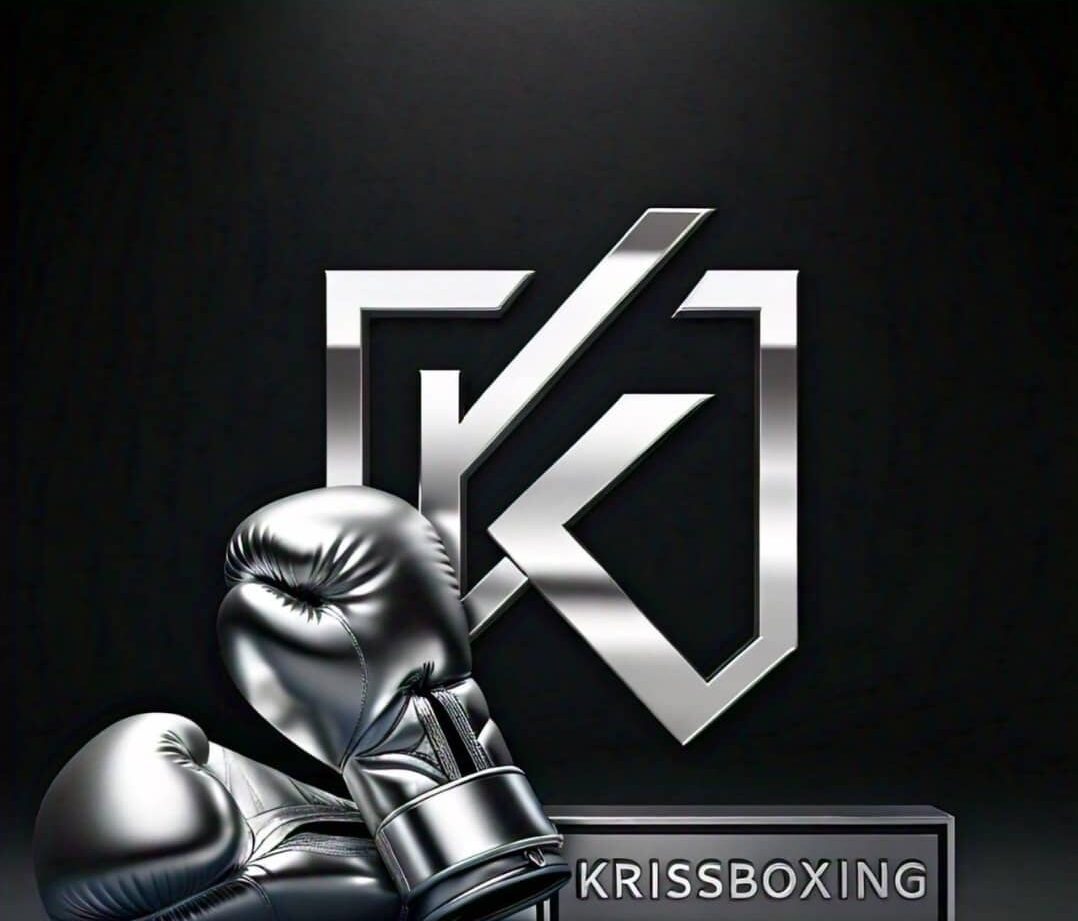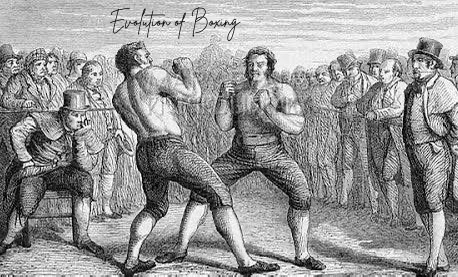The sport called boxing, also known as ”The Sweet Science” has been one of humanity’s oldest forms of entertainment. This violent close-range fighting art that requires no weapons is one of the oldest known martial arts and reflects the organic development of societies through the ages. Exploring boxing’s story from the moment it was invented to today’s world is a story of survival, evolution, and change.
This article focuses on carrying out a brief historical analysis of the evolution of boxing; the establishment of the superior milestones and critical personalities that enhanced the boxing industry together with transforming the physical competition of boxing into what it has in the current world.
The Ancient Roots of Boxing
Early Beginnings in Mesopotamia and Egypt
It has many earliest beginnings starting as early as the third millennium BC depicted in Mesopotamian and Egyptian frescoes. These illustrations depict men in the act of fisticuffs, which are often unpublished, bare-knuckled, and amateur.
These may have been something like recreational or festival events but they designated the start of systematic pugilistic fighting.
Boxing in Ancient Greece
Ancient Greece only accredited boxing and modified boxing back in 688 BC adding the sport to the games held at Olympus. Known as “pugilism,” the sport’s rules were rudimentary: Gentlemen warriors employed leather straps on their hands while fights lasted until either the opponent surrendered or was rendered helpless.
Maleness was valued and physical power; strength coupled with stamina was an especially highly regarded quality; heroes of the successful battles, such as Theagenes of Thasos got established; and their exploits turned into part of the Greek mythology.
Roman Gladiatorial Boxing
While the Greeks had a rather gentle version of this sport, the Romans took it and made it lethal. Players used tricks, frequently slaves or prisoners, and wore caestus: metallic gloves, which radically changed the course of fights for spectacles.
However, these competitions were a far cry from the organized body and mind sport that seems to exist now. Once the Roman Empire fell, there was little structured boxing to be seen.
The Revival of Boxing in Europe
The Emergence of Bare-Knuckle Boxing
Boxing came back into the picture during the 17th century in England as, bare-knuckle fighting. These were informal events staged most of the time in taverns and other public arenas and without strict rules.
The rather significant figure of the first pugilist, or perhaps simply the first to impose organization to the boxing though he started practicing in 1704, was James Figg. In the December 25 issue of the same year, Figg opened a pugilistic academy and began to promote matches, thus initiating modern boxing.
The London Prize Ring Rules
Quarterboxing started with the Broughton Rules in 1743 with Jack Broughton, being a learner of Figg. These guidelines sought to protect the health of fighters more so because some skills such as striking a downed opponent were forbidden.
The later London Prize Ring Rules of 1838 elaborated on Broughton’s system a concept of professional and gentlemanly behavior being at the core of the sport, and developed the following protocol for the bouts.
The Birth of Modern Boxing
The Queensberry Rules
The turning point in boxing history was the appearance in 1867 of the rules of the Marquis of Queensberry. These rules required that fighters wear gloves, have three minutes in each round, and put in place a ten-second count for knockouts.
The Queensberry Rules served to reduce boxing into a controlled activity, where the aim shifted from sheer strength.
The advancement of professional boxing
When international standardized rules for the sport were set down boxing rapidly grew in the late 19th and the early part of the 20th century. People such as John L. Sullivan, the final bare-knuckle champion as well as the first ever to wear gloves were well known in their societies.
Sullivan’s bouts were receiving tremendous attendance marking the advancement of boxing to a professional level.
Boxing in the 20th Century: The Golden Era
The Emergence of Global Icons
Boxing was at its best during the century with great personalities such as, Jack Dempsey, Joe Louis, and Muhammad Ali coming to light. These athletes also performed the axiomatic flair of excellent performers, but also high-profile cultural and political icons.
- Jack Dempsey (The Manassa Mauler): Being known for hisisque, Dempsey dominated the heavyweight division in the earlier half of the 1920s and created record attraction.
- Joe Louis (The Brown Bomber): In fact, the victory that Louis gained over German boxer Max Schmeling in 1938 meant defeating Nazi ideology, making him a national hero.
- Muhammad Ali: Muhammad Ali, the younger man was brash, charismatic, and extraordinarily skilled; as a civil rights activist, he remade the concept of the sports superstar as a public citizen.
The Influence of Television
It is well known that television broadcasting in the mid-1900s drastically changed boxing. So, a fighter like Sugar Ray Robinson, or Rocky Marciano came into living rooms through weekly matches and hence, its audience grew bigger.
Indeed, to supplement income TV promotions began selling rights to boxing matches as pay-per-view events from the 1970s as a base for such high-stake bouts.
The Modern Era of Boxing
Boxing’s Globalization
Over the last few decades, boxing has gone cross-cultural and even international. There has been an interest in boxing across the globe excluding region limitations such as the USA, and UK, and across countries such as Mexico, the Philippines, Ukraine, and others. Current generation stars such as Emmanuel ‘Manny’ Pacquiao, Canelo Álvarez, and Oleksandr Usyk are clear examples of the boxing tentacles.
The Rise of Women’s Boxing
Ladies’ boxing had earlier appeared to have paled into insignificance in the 21st century. Other great fighters literally followed examples of various legends like the first female world champion Christy Martin and Laila Ali, the daughter of Muhammad Ali, and such modern female stars as Katie Taylor and Claressa Shields. It is no longer an exception for women’s bouts to headline major events and progress in the area of gender sensitization.
The Role of Technology
Technological developments have impacted seriously training, analytical, and broadcasting paradigms. Wearable sensors and AI analytical tools make fighters better, and VR and streaming services as elements of fan immersion make fighters better too. Social networking sites have also been helpful in marketing fighters, and creating match stories.
Useful Strategies for an Amateur Fighter
- Prioritize Fundamentals: Most of the time you can concentrate on getting the fundamentals right such as punches, foot placement, and how to dodge.
- Invest in Quality Training: Consult senior trainers and exercise in standard fitness centers.
- Maintain Discipline: Follow certain strict rules of life like the right type of diet, daily aerobic exercise, and sufficient sleep.
- Study the Greats: Using clips of fights of legendary boxers find how certain style and strategy differs from others.
- Embrace Resilience: We discover techniques on how to handle and/or bounce back from adversities and be mentally strong.
Case Study: Unexpected Transformation of Tyson Fury
Tyson Fury’s tale of the comeback is perhaps the best, and perhaps the most crucial aspect of the art of boxing that is otherwise characterized by resilience. Since he clinched the title of the heavyweight champion in 2015, Fury has suffered depression and alcoholism.
The great comeback that eventually put him through a two-fight conquest of Deontay Wilder proves that heart and tenacity go hand in hand when supported.
Frequently Asked Questions (FAQs)
What is the process of beginning boxing?
Start with registering at a quality gym and finding out more about techniques and then slowly gain strength and stamina. It is important to stick to the process and do it daily to achieve the desired effects.
What are the basic rules of boxing?
1. Boxing matches are typically governed by the Queensberry Rules, which include: 2. Fights are divided into timed rounds (usually three minutes each). 3. Fighters aiming to score points or achieve a knockout. 4. Prohibited actions like low blows, headbutts, and hitting after the bell.
How is boxing scored?
The rounds are judged depending on such aspects as effective aggression, defense, ring control, and most clean blows thrown. A system is familiar with a 10-to-point system where one fighter in a round is awarded 10 points and his opponent receives fewer points based on performance.
What are the aims and comparative characteristics of amateur and professional boxing?
Professional boxing is characterized by raw power with no restriction as to the number of rounds and no protective gear is worn. This type goes for several rounds, fighters do not wear protective head gear while the sport emphasizes stamina and strength.
Who do many people know as the greatest boxer of all time?
Everybody has their own choice when choosing their favorite, however, Muhammad Ali is widely considered the greatest not only because of his talent, facetiousness, and influence. Other competitors of the above-mentioned are Sugar Ray Robinson and Floyd Mayweather Jr.
Conclusion
Looking at the transformations, the development of boxing is perfect evidence of the fact that the sport has a long-lasting popularity. It remains amazing how boxing as an activity started as one of the primal methods of combat and grew to what it is today, a highly acceptable sport globally.
What remains self-evident here is that the resource contains fundamental information about the future development of the sport and at the same time, the history of it can be a source of inspiration for future generations of fighters and fans.
Boxing is both a relic of the past and a shining sport of the present and the future for all people who consider themselves lovers of this kind of fight.


